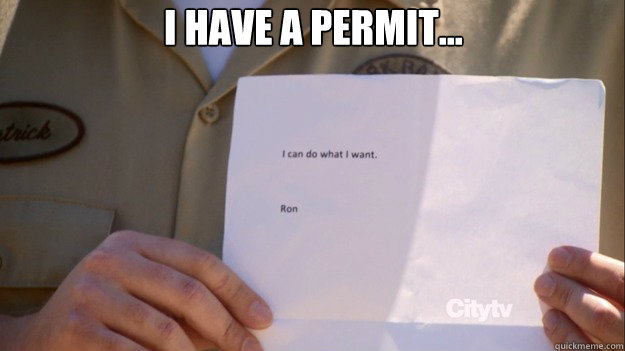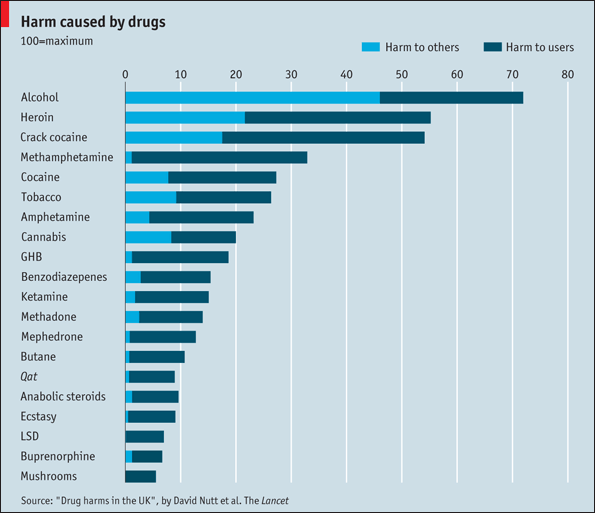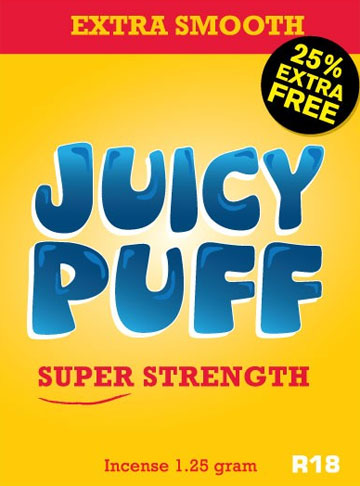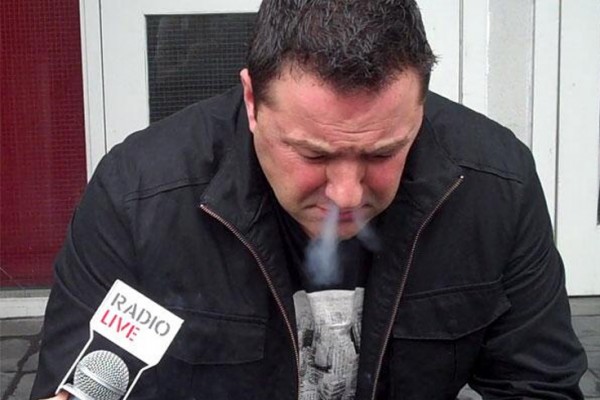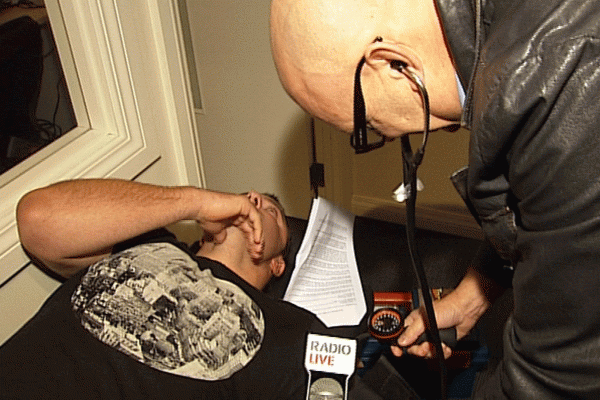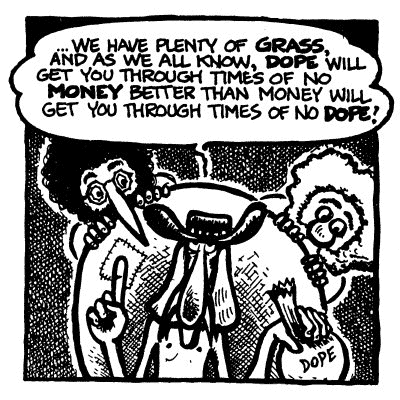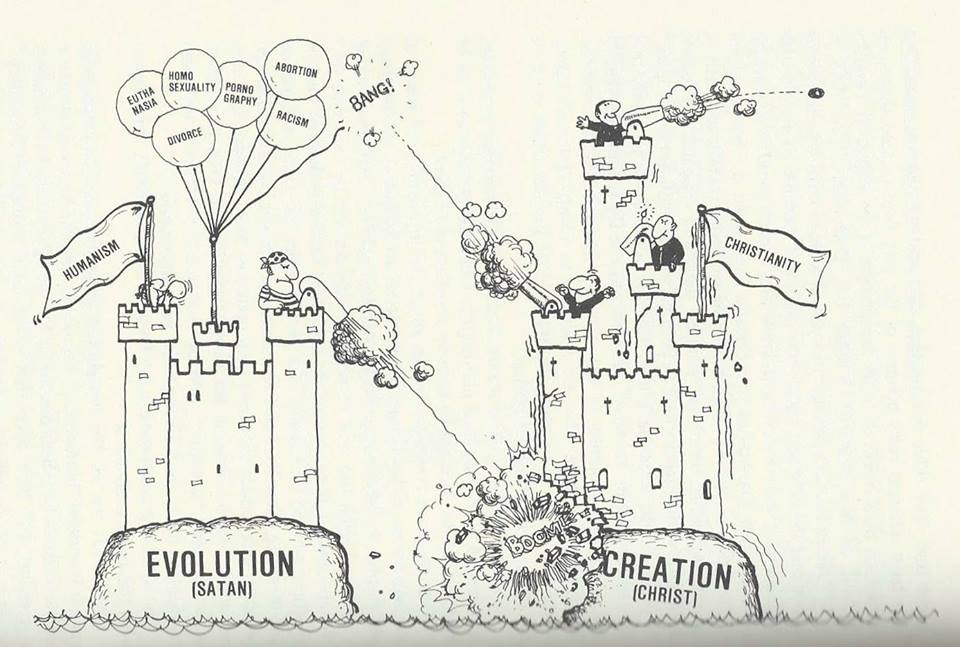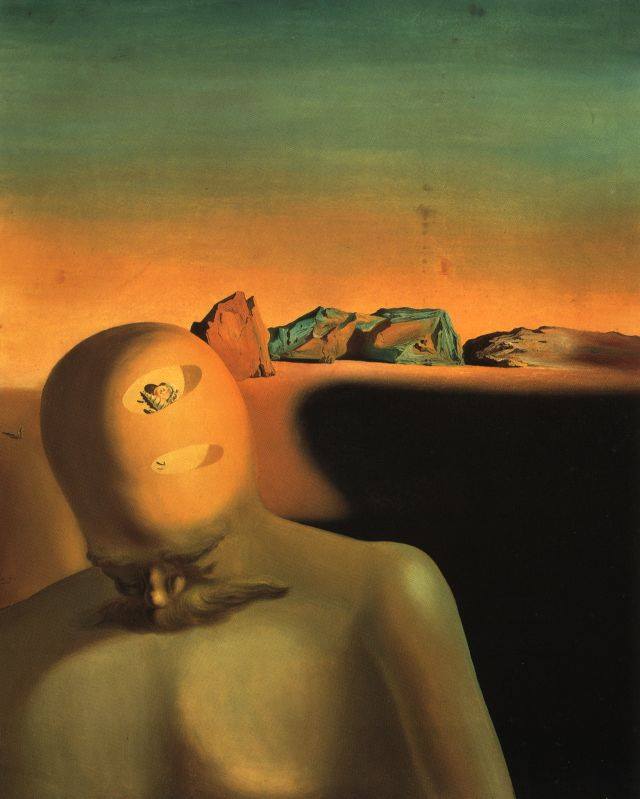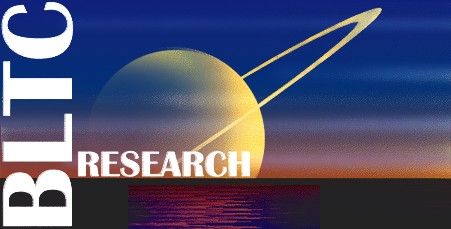
My speech to the Libertarianz Party Tenth Birthday Conference in July 2006.
arguably, the greatest harm caused by the War on Drugs has been to stifle research into new and better and safer recreational drugs.
Here‘s a summary as live blogged by Peter Cresswell.
Here are my speech notes. Neolithic Technology …
Fellow libertarians …
Let’s go back in time. Lindsay took us back 10 years. Let’s go back 10,000 years to the beginning of the Neolithic era, also known as the late Stone Age. The Neolithic is when humans quit the hunter-gatherer lifestyle and took up farming.
Technologically, we have come a long way since the start of the late Stone Age, 10,000 years ago.
In terms of materials and manufacturing technology, there was a good reason it was called the Stone Age, although some scholars have suggested renaming the era the Wood Age. Pretty much everything was made out of wood, or stone, or crude pottery. The potters wheel and kiln had yet to be invented. Today we have a huge choice of materials to work with from metals, thru plastics to carbon nanotubes. Technologically, we have come a long way since the Stone Age.
What about weapons technology? Stone Age fighters had maces and axes and other varieties of rocks for bashing people attached to wooden handles. They had the bow and arrow, and the sling. Today, we have handguns, tasers, cruise missiles and anthrax. Technologically, we have come a long way since the Stone Age.
Transport technology. In the Stone Age, it was Shank’s pony all the way. There were no roads in the Stone Age. The oldest so-called road dates from 3806 or 3807 BC. It was in fact a walkway over a peat bog in Somerset, England. Although Neolithic people had domesticated the horse, they hadn’t learn to ride it. They hadn’t invented the wheel. (But they had rollers.) Today we have motor cars, mag-lev trains, space rockets and the Segway. Technologically, we have come a long way since the Stone Age.
Communication technology. Strictly word of mouth. No alphabet, no writing, no printing presses, no telecommunications. No smoke signals, no carrier pigeons. Today we have the World Wide Web.
We have, indeed, come a long way since the dawn of the Neolithic. But there’s one area in which we hardly seem to have progressed at all. That’s in the technology of recreational mood alteration.
At the start of the late Stone Age, a newly discovered drug was rapidly gaining popularity, viz. alcohol. We know this because archeologists have unearthed late Stone Age beer jugs.
Alcohol, like all Stone Age technology, is most charitably characterised as “crude but effective”.
But, I put it to you that alcohol is more crude than effective.
Alcohol produces disinhibition and facilitates social interactions. It eases pain and anxiety and aids relaxation. It is indispensible for the Libertarianz leadership selection process. Best of all, it causes euphoria.
But it has a huge range of unwanted side effects.
A blood alcohol concentration of 0.1 grams of alcohol per deciliter causes slurred speech, and impaired ability to perform complex tasks, such as driving.
Higher doses, such as 0.3 BAC (blood alcohol concentration) cause confusion and impaired ability to perform simple tasks such as walking.
0.4 BAC causes stupor, 0.5 BAC causes coma, and 0.6 BAC causes respiratory failure and death.
Ever wondered why you feel so shitty the day after a good night of hard drinking? Why you feel like you’ve been poisoned? It’s because you have been poisoned. Not by alcohol, but by acetaldehyde which is what alcohol dehydrogenase converts alcohol to in the liver. The dangerous acetaldehyde is quickly converted to harmless acetate by another enzyme aldehyde dehydrogenase.
Unfortunately, if we overdose on alcohol, we can overload the body’s enzyme systems, flooding the bloodstream with toxic acetaldehyde and highly dangerous oxidative breakdown products called free radicals… resulting in an increased risk of cancer or cardiovascular disease, premature skin wrinkling, cataracts, liver damage, brain damage…
20 years ago, I read this book, Life Extension, by Durk Pearson and Sandy Shaw, in which they describe how to minimise the harmful effects of using alcohol by taking various nutrients and antioxidants.
A passage which jumped out of the page and stuck in my mind ever since is this one,
“An ideal solution to the alcohol problem would be to develop new recreational drugs which provide the desired alcohol high without the damaging side effects. There is, in fact, such a drug. It was invented by Alexander Shulgin, synthesized, and tested in humans (test subjects couldn’t distinguish between the drug and a few martinis).”
Shulgin is famous for having synthesised, and tested (on himself) literally hundreds of novel psychoactive drugs, principally drugs in the tryptamine and phenethylamine families of chemicals. His most famous work is called PIHKAL or Phenethylamines I Have Known And Loved.
Shulgin, of course, self-tested his proposed alcohol substitute.
he described a “mild, pleasant intoxication.” It produced “free-flowing feelings” that he likened to “the second martini.” Believing he had indeed found a synthetic alternative to alcohol, Shulgin brought it to parties, holding up a little baggie of white powder he called “a low-calorie martini.” Testing among his research group, however, revealed the full range of warmth and euphoria of the [new] high… it evoked in most people feelings of empathy and self-acceptance …
[Shulgin’s test subjects] lovingly nicknamed the new compound “empathy” and thought of it as “penicillin for the soul.”
What is this drug, and what happened to it? I’m sure you can guess what happened to it. In New Zealand, it was made Class B in 1986.
My speech notes were a bit sketchy in places … that was methylenedioxymethamphetamine.
In the last few years it has been gaining popularity as a “recreational” drug offering a pleasant, alcohol-like, hangover-free “high” with potent prosexual effects (5). Most users find that GHB induces a pleasant state of relaxation and tranquility. GHB induces “remarkable hypotonia” (muscle relaxation) (1). Frequent effects are placidity, sensuality, mild euphoria, and a tendency to verbalize. Anxieties and inhibitions tend to dissolve into a feeling of emotional warmth, well-being, and pleasant drowsiness. The “morning after” effects of GHB lack the unpleasant or debilitating characteristics associated with alcohol and other relaxation-oriented drugs (3).
Over the years, numerous researchers have extensively studied GHB’s effects. It is has come to be used in Europe as a general anesthetic, a treatment for insomnia and narcolepsy (a daytime sleeping disorder), an aid to childbirth (increasing strength of contractions, decreasing pain, and increasing dilation of the cervix), and a treatment for alcoholism and alcohol withdrawal syndrome (5).
GHB has been called “almost an ideal sleep inducing substance” (3). Small doses produce relaxation, tranquility and drowsiness, which make it extremely easy to fall asleep naturally. Higher doses increase the drowsiness effect and decrease the time it takes to fall asleep. A sufficiently large dose of GHB will induce sudden sleep within five to ten minutes (3). The most remarkable facet of GHB-induced sleep is its physiological resemblance to normal sleep…
That was gamma-hydroxybutyrate. I talked it up. Some people like it. I don’t and I don’t recommend it. A somewhat larger than sufficiently large dose of GHB will induce coma within five to ten minutes …
New Zealand has had a National Drug Policy since 1998. The policy sets out the government’s policy and legislative intentions for tobacco, alcohol, illicit and other drugs.
Recently I attended a consultation meeting organised by the MOH, where I put forward a libertarian viewpoint, and put in a written submission for the second National Drug Policy, which is the Government’s 5-year-plan for 2006 to 2011.
New Zealand’s National Drug Policy has an overarching goal:
To prevent and reduce the health, social and economic harms that are linked to tobacco, alcohol, illicit and other drug use.
My view is that, if we want to influence drug policies, we must engage with this fundamental goal, and we can do so in a limited way.
The overarching goal of the Policy, to prevent and reduce the harms that are linked to drug use, is a noble one. However, we must distinguish between three main kinds of drug-related harms
- Harms which individuals inflict upon themselves, or inflict upon others with their consent
- Harms which individuals inflict upon others without their consent
- Harms which governments inflict upon their citizens
Libertarianz says that the government should not seek to save people from themselves, and most certainly should not harm its own citizens. The government should seek to bring to justice those who commit thefts, assaults, rapes and murders, whether such criminal acts are drug-fuelled or not.
It’s by focussing on this third category that I believe we can, as libertarians, make a contribution to National Drug Policy while maintaining our philosophical integrity.
Moreover, the harms inflicted upon citizens by their own governments, in the name of the War on Drugs™, are widespread and severe. These harms are of the same order of magnitude as the drug-related harms which individuals inflict on themselves, and, unlike the harms which individuals inflict on themselves, they are preventable.
You are all probably familiar with the other main harms that the government inflicts on us, in the name of the War on Drugs™.
For example, a criminal conviction is an indisputable harm in itself. Thousands of these are handed down each year merely for smoking a psychoactive herb. Far worse is a sentence of life imprisonment, routinely handed down to some of our most daring entrepreneurs, for nothing more than supplying consumer demand for psychoactive chemicals.
This document identifies “four broad strategy areas for action” as means to achieve “harm minimisation”.
The government’s attempts at supply control and demand reduction do not decrease demand, and do not control supply, but they do alter the availability of specific drugs. With the result that relatively safe drugs are difficult to come by, and relatively harmful drugs (alcohol, tobacco, methamphetamine) are easy to come by.
One of the greatest harms of the War on Drugs™ is the way it’s stopped research into Better Living Through Chemistry. All of Alexander Shulgin’s new psychoactive drugs are illegal in New Zealand and most other countries, proscribed by the Analogues Amendment to the Misuse of Drugs Act.
Why would you spend your research dollars developing designer drugs which will be criminalised as soon as they go to market?
This stymieing and stifling and stultification of research into new and better recreational drugs, research which would bring us forward from the Stone Age to the 21st century, is one of the greatest but most overlooked harms of the War on Drugs™.
Fast forward to today and we have the Psychoactive Substances Act.
Do we have new and better recreational drugs?
Or is the government inflicting new harms on its citizens?

